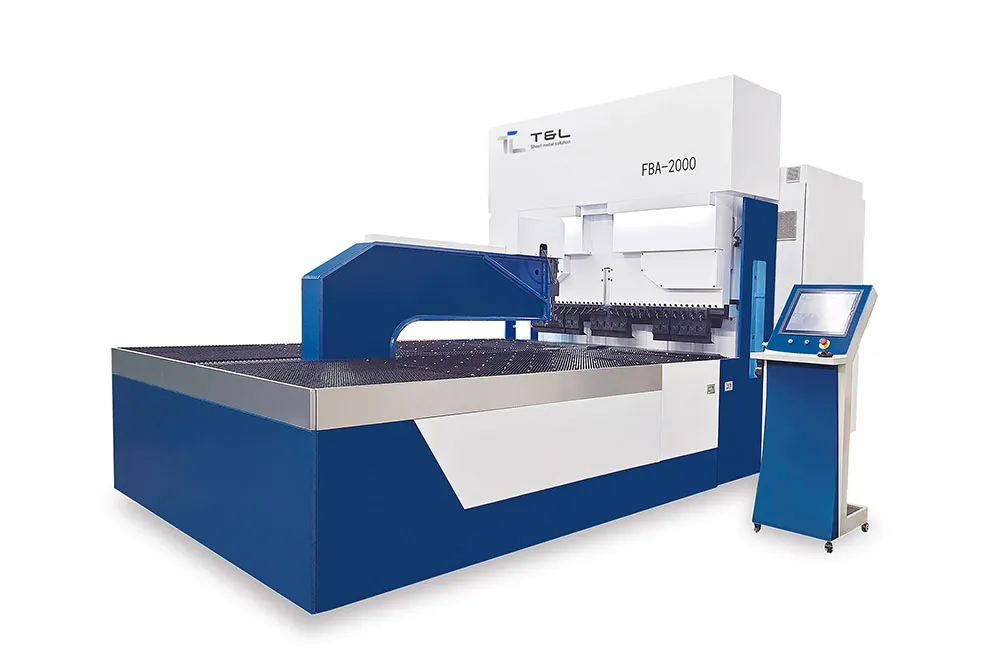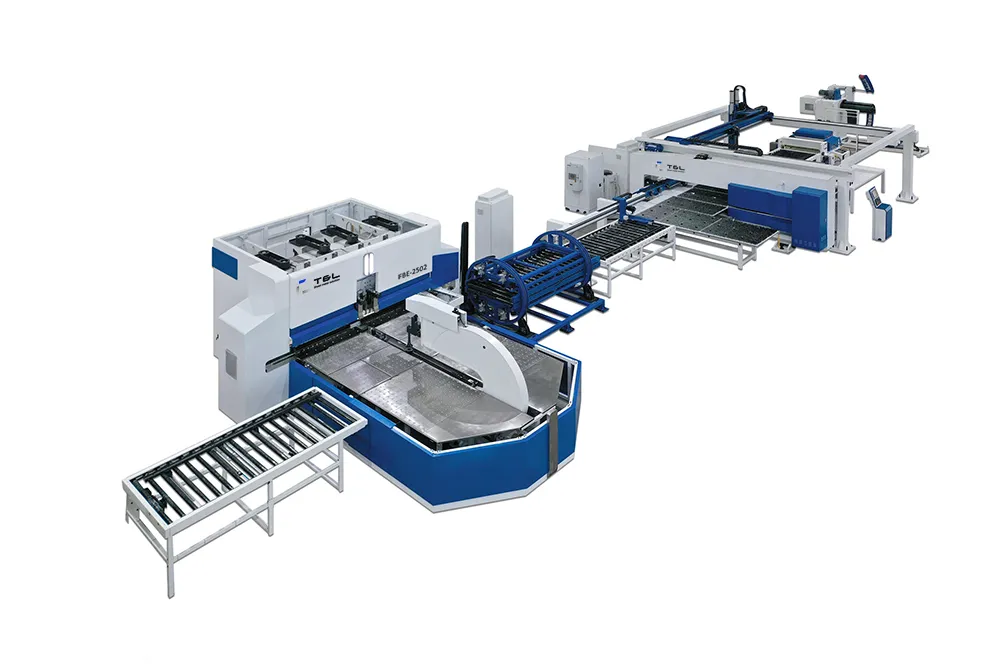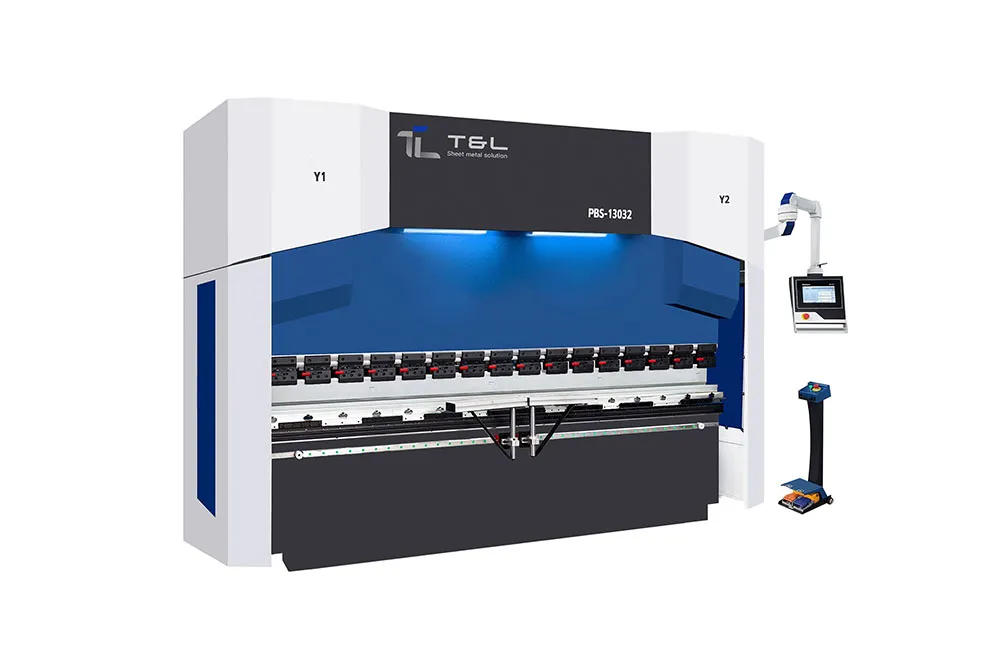How to Choose a Suitable Panel Bender Machine: A Comprehensive Guide
Selecting the right panel bender machine is a critical decision for manufacturers in the metal fabrication industry. The ideal machine enhances productivity, ensures precision, and adapts to evolving production needs. However, with numerous options available, evaluating key factors like material compatibility, processing ability, precision, and working efficiency is essential. This guide breaks down these considerations to help you make an informed choice.
1. Material Considerations: Matching the Machine to Your Needs
The type and thickness of materials you work with directly influence your panel bender selection.
Aluminum: Softer and prone to scratching; opt for mach
Material Type:
Panel benders handle metals such as steel, aluminum, copper, and stainless steel. Each material has unique properties:
Steel: Durable and rigid, requiring higher tonnage (force) for bending.
Aluminum: Softer and prone to scratching; opt for machines with coated tools or adjustable clamping pressure.
Stainless Steel: Corrosion-resistant but work-hardens quickly, demanding robust tooling and consistent force.
Thickness Range:
Machine capacity must align with material thickness. For example, bending 3mm stainless steel requires a machine with higher tonnage (e.g., 40–60 tons) compared to 2mm aluminum. Check the machine’s maximum bending force and ensure it accommodates your thickest materials without strain.
Tooling Compatibility:
Ensure the machine supports tooling suited to your materials. Hardened steel tools are ideal for abrasive materials, while polished tools prevent marring softer metals.
Tip: Consult manufacturers to test the machine with your specific materials, ensuring minimal wear and tear.
2. Processing Ability: Versatility and Complexity
A panel bender’s processing capability determines the range of products you can manufacture.
- Sheet Size and Geometry:
Verify the maximum sheet dimensions (length, width, height) the machine can handle. For large panels, prioritize machines with extended beds and support systems. - Bend Complexity:
If your projects involve intricate shapes or multiple bends, choose a fully automatic panel bender with programmable axes. Features like automatic tool change device and multi-step sequencing streamline complex tasks. - Automation and CNC Integration:
Advanced models offer CAD/CAM compatibility, allowing seamless translation of designs into production. This reduces setup time and errors, especially for custom or small-batch orders.
Example: A factory producing automotive panels might invest in a fully automated line with integrated loading/unloading systems to maximize output.*
Conclusion: Striking the Right Balance
Choosing a panel bender requires balancing material needs, processing versatility, precision, and efficiency. Start by assessing your current and future production requirements. Test machines with your materials, and consider total cost of ownership, including maintenance and training. Partner with manufacturers offering robust after-sales support to ensure longevity.
By prioritizing these factors, you’ll invest in a panel bender that not only meets today’s demands but also adapts to tomorrow’s challenges, driving quality and profitability in your operations.




